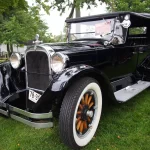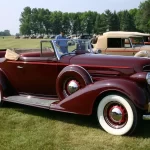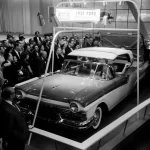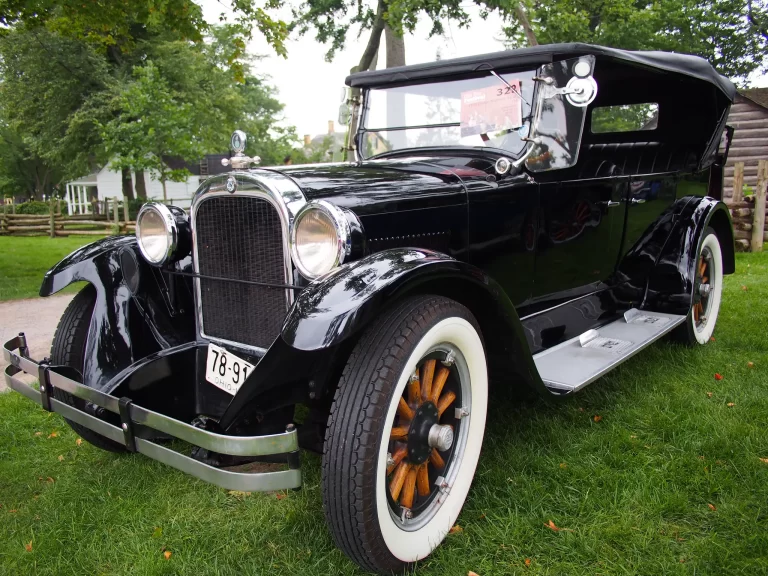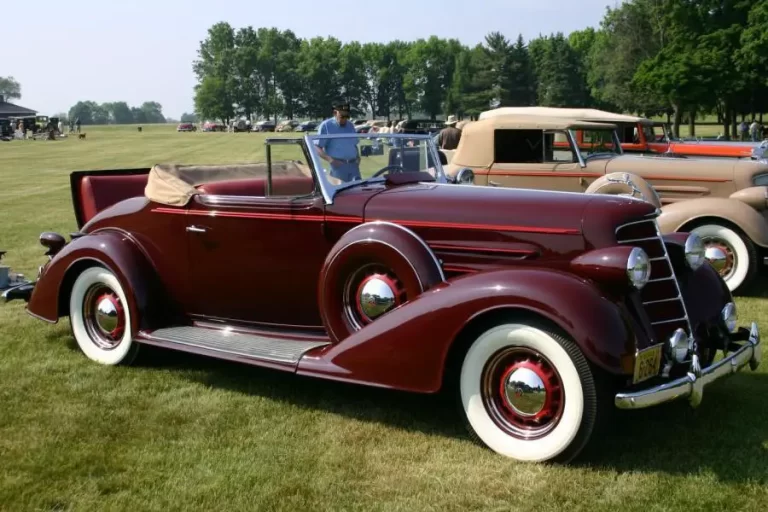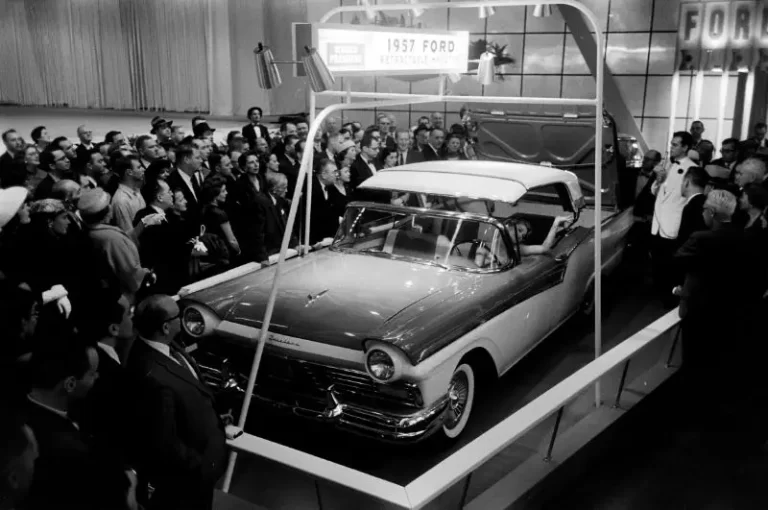
On March 1, 1999, Ford Motor Company announced a significant milestone in its expansion strategy by agreeing to acquire the renowned Swedish automaker Volvo. The deal, valued at $6.45 billion, marked a pivotal moment in Ford’s efforts to bolster its global presence and diversify its brand portfolio.
Ford’s Vision for Volvo
Ford’s decision to acquire Volvo was rooted in its ambition to strengthen its position in the European luxury car market and gain access to Volvo’s advanced safety technology and engineering expertise. At the time of the acquisition, Volvo was renowned for its commitment to safety and innovation, qualities that Ford sought to leverage to enhance its own vehicle lineup.
Under Ford’s ownership, Volvo maintained a degree of autonomy, allowing it to preserve its unique Scandinavian design ethos and safety-focused brand identity. However, Ford also aimed to capitalize on synergies between Volvo and its existing brands, fostering collaboration in areas such as research and development, manufacturing, and distribution.
The Premier Automotive Group: A Brief History
Ford’s acquisition of Volvo was part of a broader strategy to create the Premier Automotive Group (PAG), a collection of luxury and performance brands aimed at competing with established European rivals. The PAG included several prestigious marques, each offering distinctively different automotive experiences:
- Aston Martin: Known for its elegant design and high-performance sports cars, Aston Martin epitomized luxury and exclusivity. Ford acquired a controlling stake in Aston Martin in 1987 before assuming full ownership in 1994. Ford sold Aston Martin to a consortium led by Prodrive founder David Richards in 2007.
- Jaguar: With its rich heritage and reputation for crafting refined luxury vehicles, Jaguar was a cornerstone of the PAG. Ford purchased Jaguar in 1989, intending to revitalize the brand and expand its global appeal. In 2008, Ford sold Jaguar and Land Rover to Tata Motors of India.
- Land Rover: Renowned for its rugged off-road capability and iconic SUVs, Land Rover was another key acquisition for Ford. Ford bought Land Rover from BMW in 2000, integrating it into the PAG portfolio alongside Jaguar and Aston Martin. In 2008, Ford sold Jaguar and Land Rover to Tata Motors of India.
- Volvo: The addition of Volvo to the PAG further diversified Ford’s brand portfolio, providing access to the upscale European market and enhancing Ford’s reputation for safety and innovation.
Ford began to unload its PAG in 2007 with Aston Martin. The financial crisis of 2008 led to further releases, with Jaguar and Land Rover both being sold in 2008 to Tata Motors for a massive loss. Ford had purchased Jaguar for $2.5 billion in 1989 and Land Rover for $2.7 billion in 2000, but sold them off for a net of $1.7 billion.
The Volvo C30
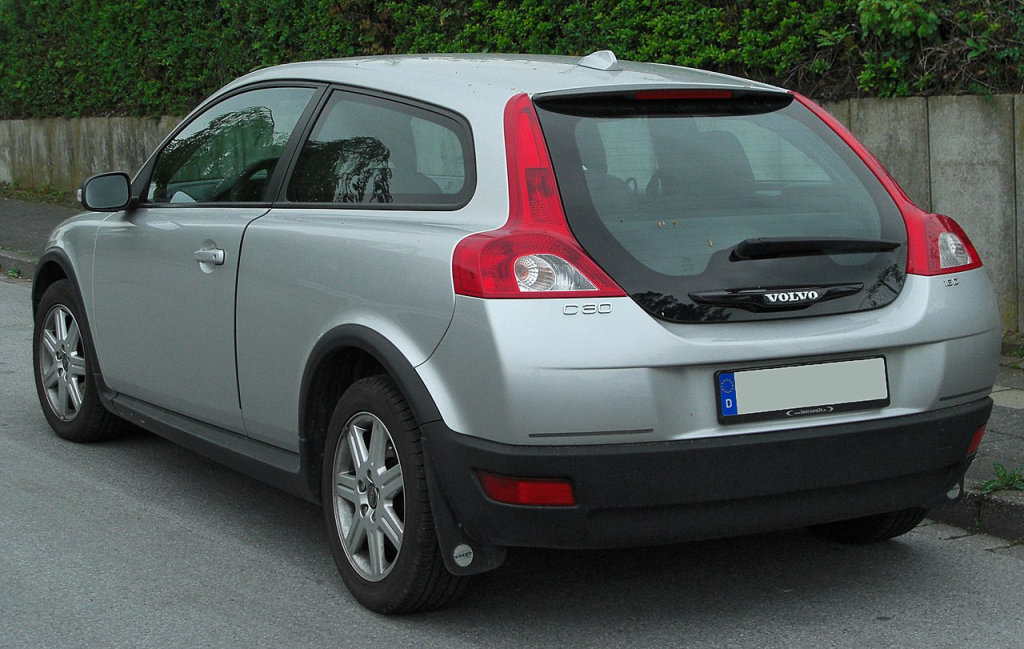
The Volvo C30, introduced in 2006, exemplifies Volvo’s foray into the compact hatchback segment during its tenure under Ford’s ownership. Combining sleek Scandinavian design with practicality, the C30 stood out with its distinctive rear-end styling featuring a glass hatch. Underneath its stylish exterior, the C30 originally came with either a 1.6L inline-4 (petrol or diesel) or a 2.5L inline-5 turbo, as well as a 2.4L 5 cylinder diesel option.
Inside, the C30 boasted Volvo’s signature commitment to safety, with a host of advanced features ensuring occupants’ protection. While the C30 represented a departure from Volvo’s traditional boxy designs, it remained true to the brand’s core values of safety, quality, and innovation, making it a noteworthy addition to Volvo’s lineup during its time under Ford’s ownership.
Ford’s Divestiture of Volvo

Despite initial optimism surrounding the acquisition, Ford’s ownership of Volvo faced challenges in the ensuing years. Economic downturns, shifting consumer preferences, and internal restructuring efforts prompted Ford to reassess its brand portfolio and focus on core operations.
In 2010, Ford announced its decision to sell Volvo to the Chinese automotive company Geely Holding Group for $1.8 billion. The sale marked the end of Ford’s ownership of Volvo after more than a decade of collaboration and strategic alignment.
Ford’s acquisition of Volvo in 1999 represented a bold move to expand its global footprint and diversify its brand portfolio. While the partnership yielded some successes, changing market dynamics and strategic imperatives ultimately led Ford to divest itself of Volvo. Nonetheless, the acquisition and subsequent sale of Volvo remain emblematic of Ford’s ambitions and strategic evolution in the ever-changing automotive landscape.



